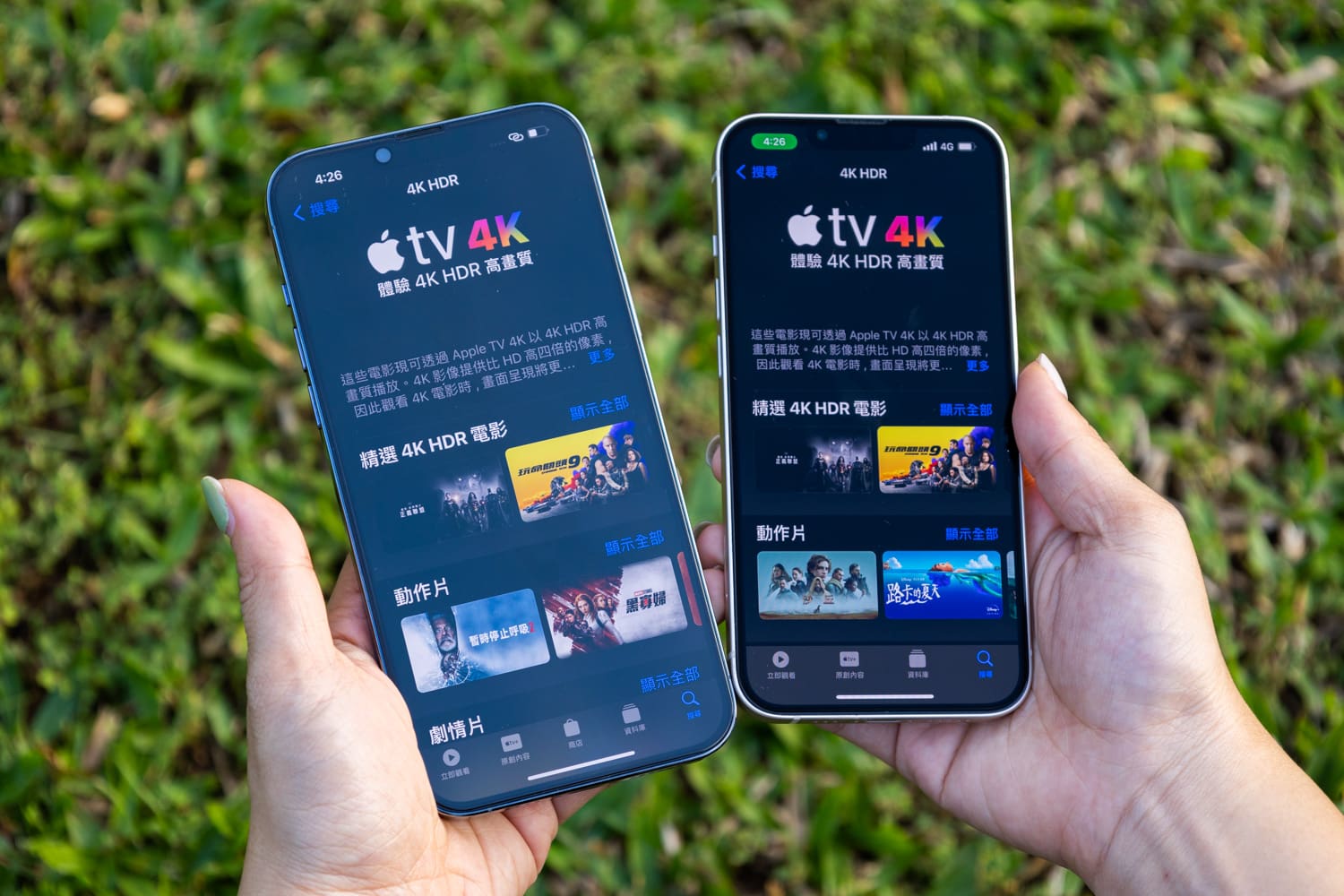Apple Considers Microlens Array Technology for iPhone 16, Could Improve Screen Brightness and Power Consumption
Before Apple revealed the new iPhone 15 series, rumors about the iPhone 16 have already surfaced, adding to the excitement. According to Korean media outlet, The Elec, Apple is currently contemplating the use of microlens array (MLA) technology for the OLED screens of the iPhone 16 series. If implemented, this technology could possibly reduce screen power consumption and enhance screen brightness.
The report suggests that Apple’s display panel suppliers, Samsung Display and LG Display, have proposed the adoption of MLA technology on OLED panels. However, Apple is still weighing the pros and cons of deploying this technology and is yet to make a decision. One of the main advantages of using MLA micro-see-through technology is the potential increase in brightness on OLED screens, which would help prevent excessive power consumption, ultimately extending the iPhone’s battery life.
Nevertheless, the implementation of MLA technology is not without its challenges. The technology primarily uses billions of lenses evenly distributed across the panel, which reduces internal reflection and improves front brightness. However, this also results in a reduction in side brightness and a narrower field of view when looking at the screen from an angle. Additionally, MLA technology leads to increased OLED manufacturing costs, which is another consideration for Apple.
Another aspect that Apple is taking into account is the varying material development between Samsung and LG. The report also indicates that the current MLA panel technology from both suppliers does not meet Apple’s stringent standards.
Samsung has significant experience in using MLA technology on OLED panels. The company has successfully employed this technology in its own Galaxy S Ultra model and has even provided MLA OLED screen panels to other Chinese mobile phone manufacturers, including VIVO.
On the other hand, LG’s experience with MLA technology has primarily been limited to OLED smart TVs, with little to no experience in applying the technology to small and medium-sized panels. This is crucial given that adjustments in the direction of light on screens need to be made specifically for small and medium-sized mobile devices.
If Apple approves the MLA technology proposed by its screen suppliers, the earliest we can expect to see it applied is in the second half of 2024 with the release of the iPhone 16 series. It is speculated that, apart from incorporating MLA technology, the iPhone 16 Pro series may also have additional advancements to widen the gap between the basic and flagship models.
Further details can be found in the original report by The Elec.
Source: The Elec
